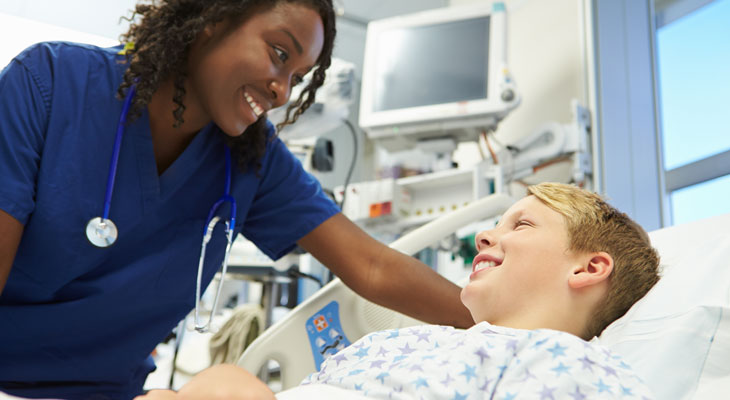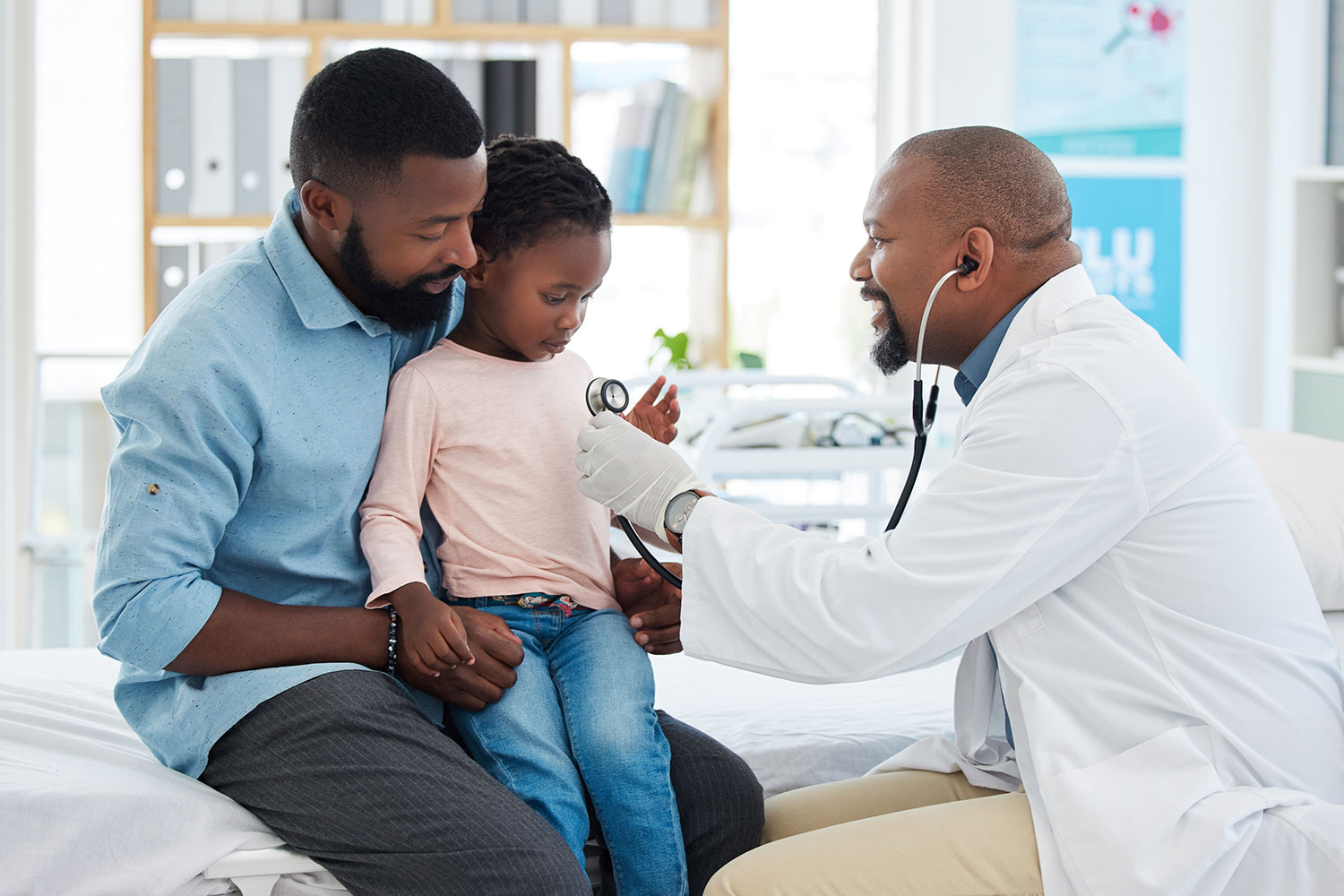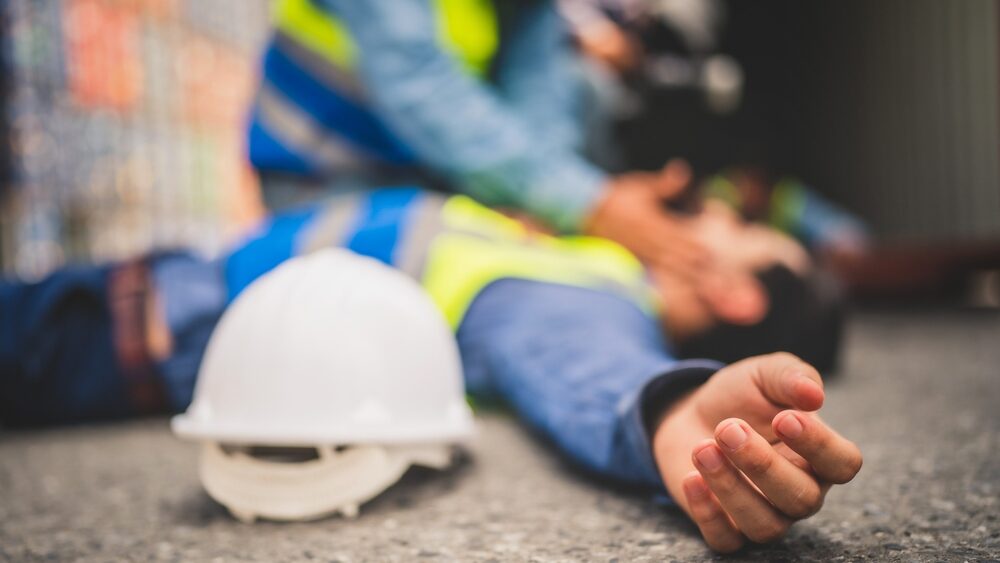
Recognizing and Responding to a Cardiac Emergency
When a cardiac emergency strikes, understanding the signs and knowing the appropriate actions to take can make a crucial difference in outcomes. It’s about quick, informed reactions that could potentially save a life. At our emergency facility, we often witness the impact of immediate and appropriate responses to such critical situations, and we emphasize the importance of community awareness and preparedness in handling cardiac emergencies.
Recognizing the initial symptoms is the first critical step. Several key signs can indicate a cardiac event, such as chest discomfort, difficulty in breathing, and sudden dizziness. We help you identify these vital warning signs quickly and clearly. Following recognition, it’s imperative to know the immediate steps to safeguard the afflicted individual’s health before professional medical assistance arrives. Each moment counts, and our guide aims to equip you with the knowledge to take the right steps during those critical first minutes. By preparing yourself and your household with a solid emergency response plan and hands-only CPR skills, you help create a safer environment for yourself and your loved ones.
Recognizing a Cardiac Emergency: Key Symptoms to Watch
In our community, being aware of the signs of a cardiac emergency is crucial. A heart attack, one of the most common cardiac events, can manifest through various symptoms that require immediate attention. If you or someone near you experiences chest pain or discomfort that feels like unbearable pressure, squeezing, or fullness, this is a primary sign of a cardiac emergency. It’s also important to note additional symptoms such as shortness of breath, nausea, light-headedness, or cold sweats. Pain or discomfort in one or both arms, the back, neck, jaw, or stomach can also indicate a heart attack.
Identifying these symptoms early is key to providing the necessary care quickly. We encourage everyone to familiarize themselves with these signs. Prompt recognition ensures faster response times when seconds count, potentially saving a life and improving outcomes after a cardiac event. Remember, it’s better to be cautious and seek immediate care if you suspect a heart attack.
Immediate Steps to Take When a Cardiac Emergency Occurs
When a cardiac emergency strikes, knowing the immediate steps to take can make a significant difference. Firstly, call emergency services right away if you suspect a heart attack or cardiac arrest. While waiting for help, ensure that the person is in a comfortable position, preferably seated or lying down, to prevent falling and reduce strain on the heart. If the person is unconscious and not breathing, preparing to perform CPR is crucial.
We also recommend keeping aspirin on hand if it is safe for the individual to take, as chewing a standard 325-mg aspirin can help slow the clotting action and maintain blood flow to the heart during a heart attack. However, ensure that the person is not allergic to aspirin and does not have a condition that makes using it unsafe. Remember, these steps are only meant to provide temporary relief; the most crucial action is to get professional medical help immediately.
How to Perform Hands-Only CPR: A Step-by-Step Guide
If you encounter someone who is unconscious and not breathing normally, hands-only CPR can be a vital intervention until professional help arrives. Here’s a simple step-by-step guide to perform hands-only CPR effectively. First, ensure the scene is safe for both you and the victim. Next, call for emergency services or direct someone else to do so. Then, position the person flat on their back on a firm surface and kneel beside their chest.
Place the heel of one hand on the center of the person’s chest and put your other hand on top, interlocking your fingers. Position yourself so that your shoulders are directly over your hands, and you can use your body weight to compress the chest. Push hard and fast, aiming for a compression depth of about two inches and a rate of 100 to 120 compressions per minute—roughly the beat of the song “Stayin’ Alive” by the Bee Gees. Continue these compressions until medical professionals take over or the person shows signs of life.
Preparing a Cardiac Emergency Response Plan for Your Household
Creating a cardiac emergency response plan for your household can dramatically improve the chances of survival in the event of a heart attack or sudden cardiac arrest. Start by educating everyone in your home about the signs of a cardiac emergency and the importance of acting fast. Make sure all adults and teenagers know how to perform hands-only CPR and are able to recognize when to use it.
Next, keep a list of emergency contacts, including local emergency services, that are easily accessible in multiple areas of your home. Consider enrolling in a certified CPR course as a family so everyone feels confident in their ability to help if needed. Additionally, if there are members with a known heart condition, ensure easy access to necessary medications and clearly instruct everyone on how to use them correctly. By preparing in advance, you help ensure that everyone in your household knows how to act swiftly and effectively, increasing the likelihood of a positive outcome in these critical situations.
Take Swift Action During a Cardiac Emergency
Understanding how to act quickly and effectively in the event of a cardiac emergency can save lives. With simple steps and preparation, everyone can be empowered to help maintain heart health and respond resolutely when required. Remember, the right knowledge and swift actions can make all the difference. With our 24-hour emergency care at Elitecare, we are committed to providing you and your loved ones with prompt, exceptional care when every second counts. Trust us to be there for you in your most urgent moments.





